The Infinite Universe of Einstein and Newton
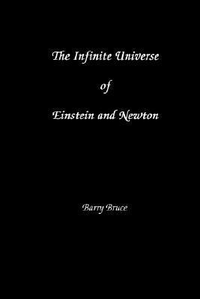
Summary
After developing his Law of Gravitation, Newton came to believe that the Universe was infinite and homogeneous on a large scale. Einstein's original intuition was similar to Newton's in that he thought our Universe was static, infinite, isotropic and homogeneous. The field equations of Einstein's general relativity are solved for this universe. One of the three solutions found, the "infinite closed universe", traps light within a finite portion of the universe. This infinite closed universe model is shown to fit all the data of the Hubble diagram better than the Big Bang, and it fits the recent supernova data without having to postulate mysterious dark energy. Using general relativity and the physics which evolved from Newton, the author finds the force of gravity between two point particles. Utilizing this force and the infinite closed universe model, the net force of gravity on a point particle, in arbitrary motion, due to the uniform mass distribution of the universe is calculated by an integration. This net force of gravity is found to be equal to the force of inertia. These calculations explain Newton's First Law, Newton's Second Law, and the equivalence of inertial and gravitational mass. In addition, by the extension of Einstein's general relativity to two-body interactions Newton's Third Law is elicited. These results show that the cosmological redshift and the physics that we know are likely the result of the uniform mass distribution of our infinite closed universe and gravity alone.
Similar Books
-
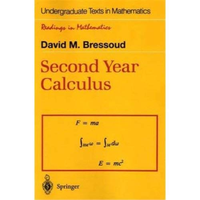 Second Year Calculus
Second Year Calculusby David M. Bressoud
-
 Mathematical Ideas in Biology
Mathematical Ideas in Biologyby John Maynard Smith
-
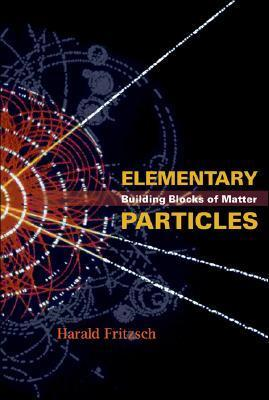 Elementary Particles: Building Blocks Of Matter
Elementary Particles: Building Blocks Of Matterby Harald Fritzsch
-
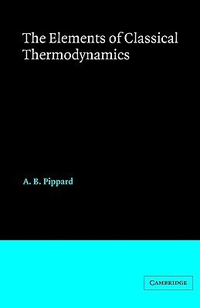
-
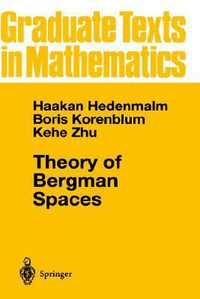 Theory of Bergman Spaces
Theory of Bergman Spacesby Hakan Hedenmalm
-
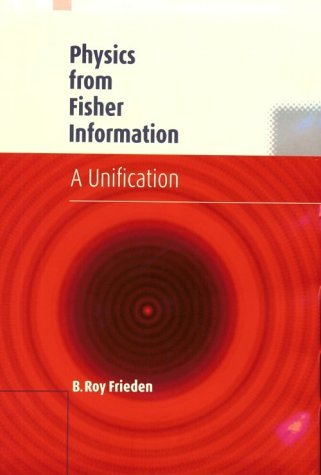 Physics from Fisher Information: A Unification
Physics from Fisher Information: A Unificationby B. Roy Frieden
-
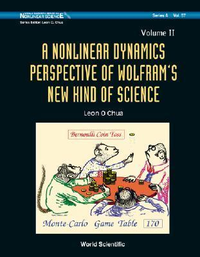
-
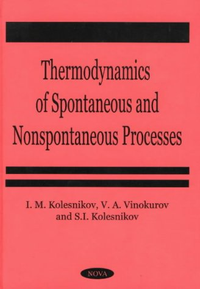 Thermodynamics of Spontaneous and Non-Spontaneous Processes
Thermodynamics of Spontaneous and Non-Spontaneous Processesby S. I. Kolesnikov
-
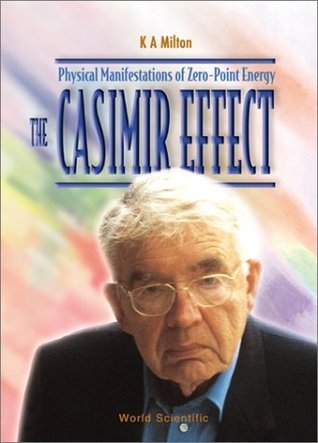 The Casimir Effect
The Casimir Effectby Department of Physics Kimball A Milton
-
 Topological Quantum Field Theory and Four Manifolds
Topological Quantum Field Theory and Four Manifoldsby José M.F. Labastida
-
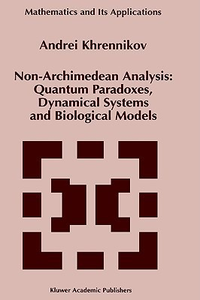 Non-Archimedean Analysis: Quantum Paradoxes, Dynamical Systems and Biological Models
Non-Archimedean Analysis: Quantum Paradoxes, Dynamical Systems and Biological Modelsby Andrei Y. Khrennikov
-
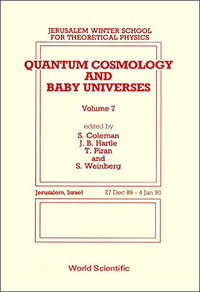
-
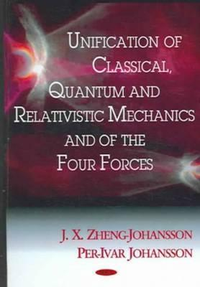 Unification Of Classical, Quantum And Relativistic Mechanics And Of The Four Forces
Unification Of Classical, Quantum And Relativistic Mechanics And Of The Four Forcesby J.X. Zheng-Johansson
-
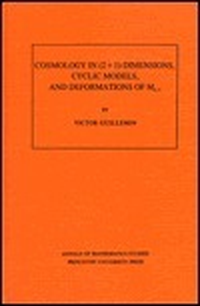
-
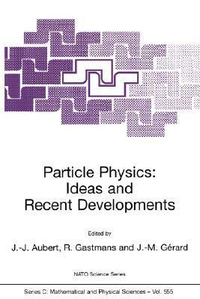
-
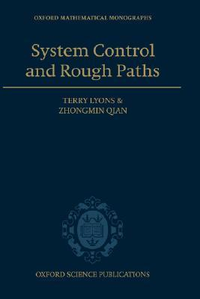 System Control and Rough Paths
System Control and Rough Pathsby Terry Lyons
-
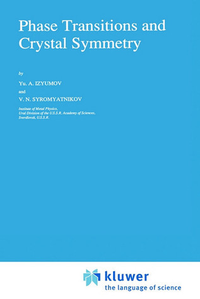 Phase Transitions and Crystal Symmetry
Phase Transitions and Crystal Symmetryby Yurii Aleksandrovich Izyumov